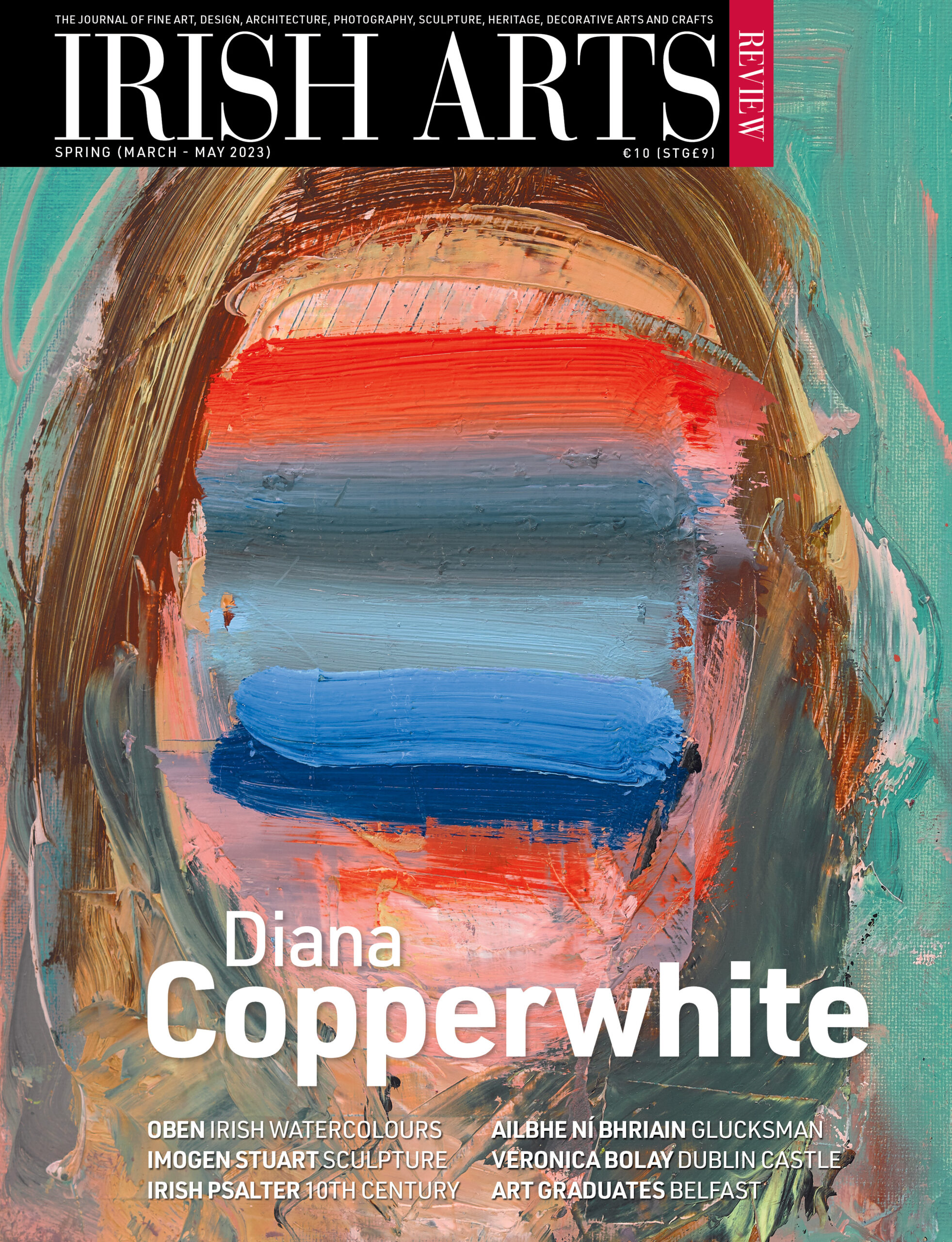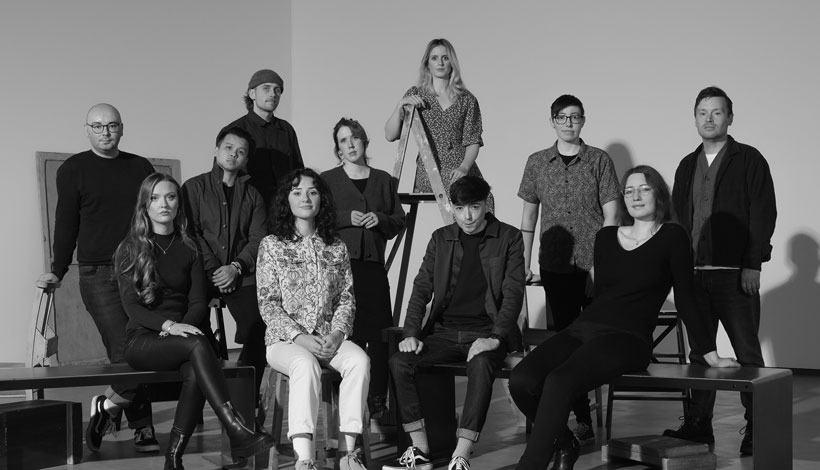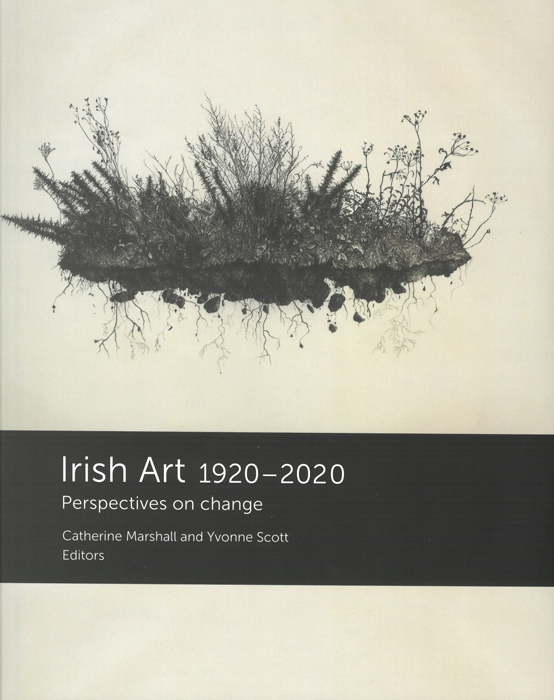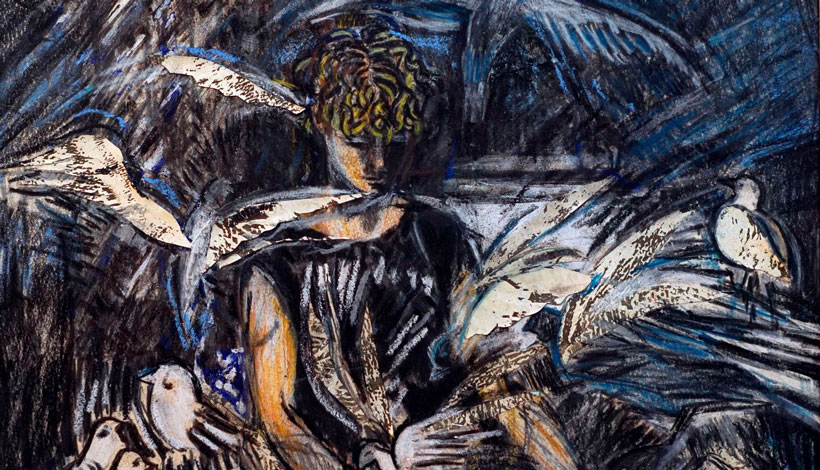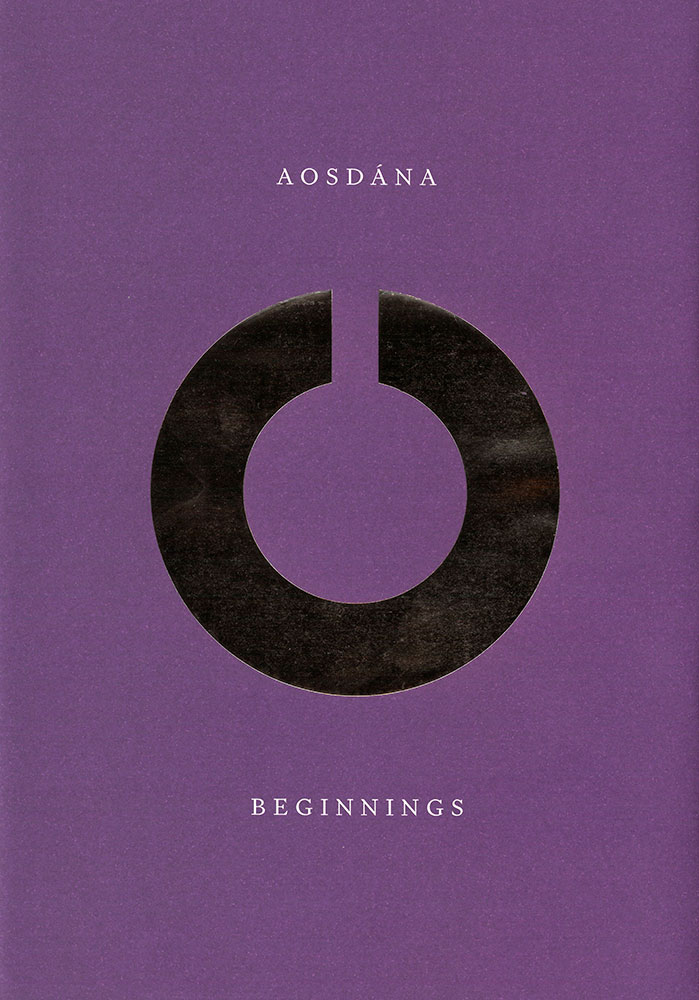
MARK DUNCAN
Arts Council of Ireland, 2022
pp 92 illustrated h/b
Free ISBN: 978-1-90429-163-3
Patrick J Murphy
The Arts Council/An Chomhairle Ealaíon recently commissioned historian Mark Duncan to research and write a short history of the birth of Aosdána, the academy of distinguished Irish creative artists, which was inaugurated in 1981. The result is a slim, handsome ninety-two-page volume which was published to coincide with the general assembly of that august body on the UCD campus last November.
The book contains a concise and informative account of how this innovative, self-governing organisation came into being. It is a matter of dispute who first had the visionary idea for its formation. The eminent poet, novelist and cultural journalist with the Irish Times Anthony Cronin was convinced that it came from him and was first floated in a speech given by Fianna Fáil Taoiseach Charles J Haughey at Harvard University in 1972. On the other hand, the dynamic, young full-time Director of the Arts Council, Colm Ó Briain, who had Labour Party affiliations, was of the opinion that it evolved from Arts Council deliberations in the 1970s, instigated by him. Perhaps it came into being by osmosis.
Both parties, however, cooperated on setting up Aosdána, with agreement that it would be administered by the Arts Council, with the Director acting as registrar. It was also decided that Aosdána would be self-governing after the initial eighty-nine members were chosen by a subcommittee chaired by musician and composer Brian Boydell, a long-time member of the Arts Council. This was a time of alternating taoisigh but, luckily for the arts, both Charles Haughey and Garret Fitzgerald gave it their full blessing.
Aosdána was launched with musical fanfare in the former Bank of Ireland headquarters in College Green. The controversy erupted soon after a history of the Arts Council was commissioned from art historian Brian P Kennedy; Dreams and Responsibilities was published in 1991, but a number of copies were pulped later on the insistence of Anthony Cronin, who claimed it contained errors of attribution.
Initially, membership was confined to visual artists, composers and writers. The categories were later expanded to include architects and choreographers
Happily, Aosdána has matured and done much good since those early years. Maximum membership was set at 150 and it has since been extended to 250. Young artists of distinction must now wait until a vacancy occurs. Initially, membership was confined to visual artists, composers and writers. The categories were later expanded to include architects and choreographers. Needy artists receive an annual stipend known as a cnuas to enable them to fully concentrate on creative work. A suggestion to require visual artists to donate annually a painting or sculpture to the state was, thankfully, not implemented.
There are still many impoverished artists in Ireland who can only survive by taking menial part-time work which impedes their creativity. The Arts Council has been maligned in the past and is still criticised, understandably, when dispensing public funds. Nevertheless, it has achieved much good over the years. This most timely, attractive publication on Aosdána also has an important appendix listing past and present members, as well as a number of black-and-white photographs. It includes exceptional illustrations of paintings by Patrick Collins, Camille Souter, Patrick Scott, Louis le Brocquy and Tony O’Malley – all, alas, now deceased members – plus a decorative dust-cover image by painter Mairead O’hEocha.
Patrick J Murphy is former Chairman of the Arts Council of Ireland.
